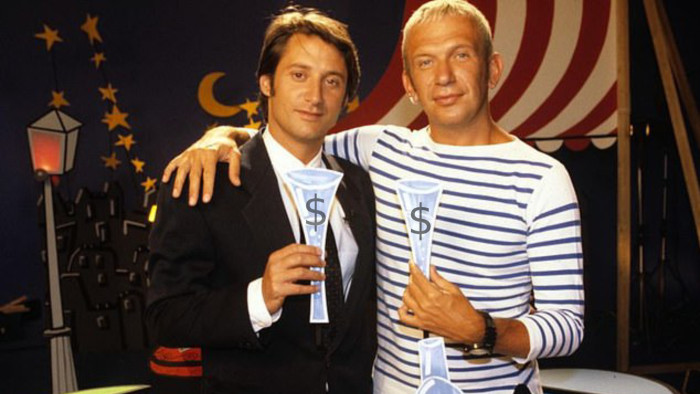Unlock the Editor’s Digest for free
Roula Khalaf, Editor of the FT, selects her favourite stories in this weekly newsletter.
Sometimes, while reading an otherwise dry regulatory document, you come across a footnote which (if you have a very specific sense of humour) makes you chuckle and go “oohhhh … you guys!”. For example, consider an analysis box in the latest ECB Financial Stability Review:
This is certainly a decent candidate for the Regulatory Arbitrage Hall of Fame. It is what it says it is:
-
As long as European banks sort themselves out to look better at the quarter end, they can, structurally, do repo business with less capital than their US competitors.
-
When they do that repo business, the addition to their balance sheet doesn’t affect their deposit insurance premiums in the same way, either, giving them another structural advantage.
Given this, one might ask why the Europeans don’t absolutely dominate the short-term dollar money market?
And the answer would be something along the lines of “because the last time they tried, it ended up as a bit of a disaster”
Back in the good old days of the 2000s, it was indeed occasionally remarked that the USD money markets were dominated by foreign players, and that this was a bit strange. As interest rates fell and QE expanded, there was even an arbitrage possible – if you didn’t pay FDIC premia on the marginal dollar borrowed, you could raise dollars from American money-market mutual funds at a price lower than the rate that the Fed was paying on excess reserves. By 2011, a quite embarrassing proportion of the total profits of some European banks was coming from this sort of trade.
Unfortunately, the Eurocrisis happened. Domestic US mutual funds started getting asked questions about why their exposure to European banks was so anomalously high, and stopped rolling over the funding. The scramble to exit the “IOER arb trade” was undignified, and scary.
And now, once more confirming the old proverb that “a crisis can’t happen until the last person who remembers the last one has died or retired”, the Europeans are coming back.
The reason that the ECB is putting a research box in its Financial Stability Review is that “[a]fter a decade in which their presence in the United States declined, euro area banks have recently expanded the balance sheets of their branches and broker-dealer subsidiaries”. Things are still a long way below the peak associated with the arbitrage trade (and the chart shows exactly how massive that was), but they’re on the way up.
Furthermore, the borrowing is apparently taking place disproportionately through the broker-dealer operations of a small number of banks (particularly French ones), and its counterpart is lending to non-bank financial institutions outside the Euro area.
In other words, a few systemically important EU institutions are getting bigger and bigger in the business of intermediating dollar liquidity and carrying out maturity transformation, with shadow banks as counterparties, and they’re mainly gaining market share in this business because of a long-standing and remarkably silly regulatory arbitrage. You can see why the ECB might be worried, can’t you?
https://www.ft.com/content/e85dad2d-d502-473d-b4b6-9f776f1ad77d


